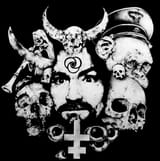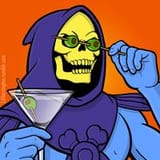>>936685901 (OP)
Grassroots Origins
Most of these movements begin within the communities themselves:
Disabled Pride came from disabled individuals and activists who wanted to counter stigma and promote dignity, self-worth, and visibility.
Similarly, LGBT Pride emerged out of resistance to oppression (e.g., the Stonewall Riots) and grew into an international movement of visibility and celebration.
These movements were often reactions to systemic marginalization, discrimination, and lack of societal representation.
Support from Advocacy Organizations
Once movements gain momentum, nonprofits, advocacy groups, and charities (e.g., Disability Rights UK, GLAAD, Human Rights Campaign) often formalize campaigns, provide funding, or organize events like Pride parades or awareness days.
They sometimes create the messaging and themes for the events.
Institutional Recognition
Eventually, government departments, corporate diversity teams, or "morale experts" might:
Adopt or support these campaigns.
Issue official statements or sponsor events.
Encourage inclusive practices in workplaces or communities.
However, governments rarely invent these movements from scratch. More often, they:
Recognize them officially (e.g., National Disability Awareness Month).
Try to align public messaging with social justice trends.
Use them to signal inclusivity or encourage cohesion.












